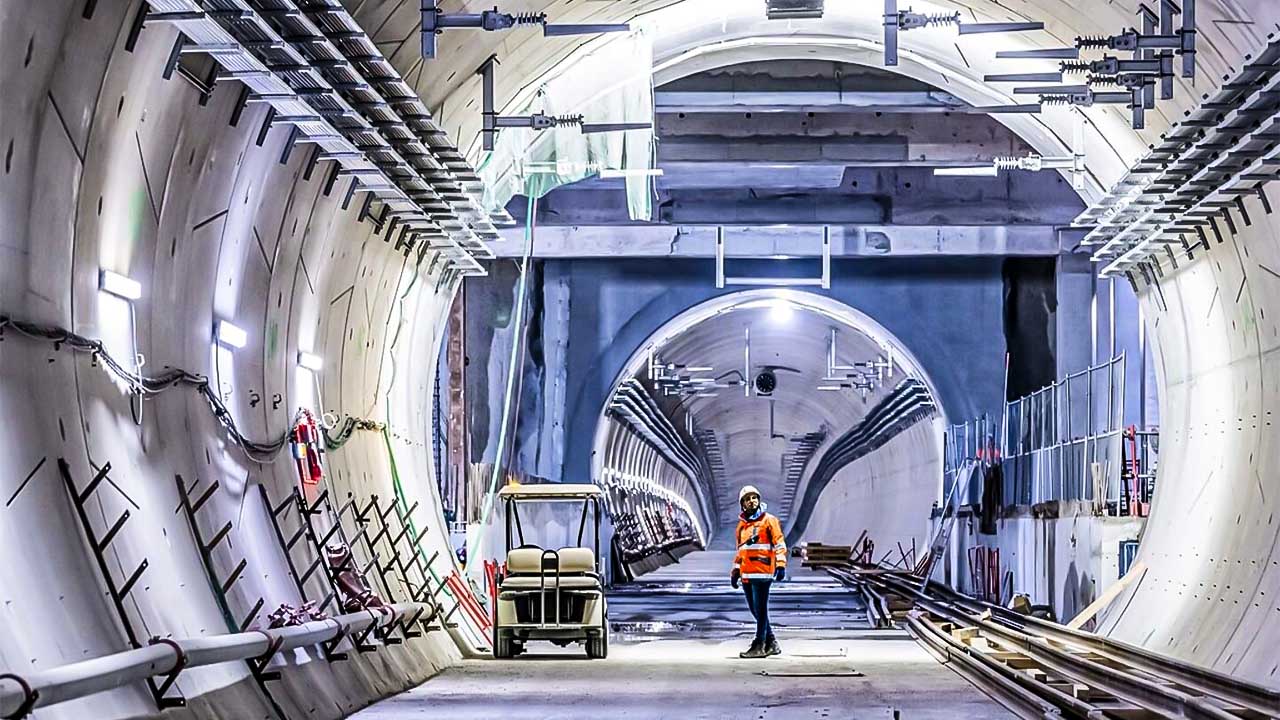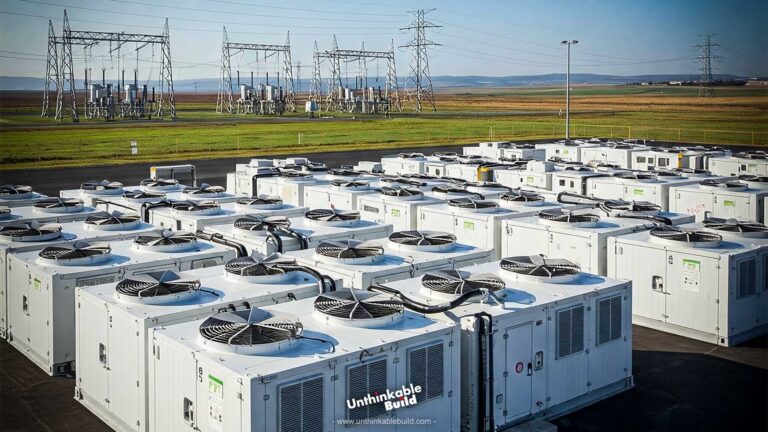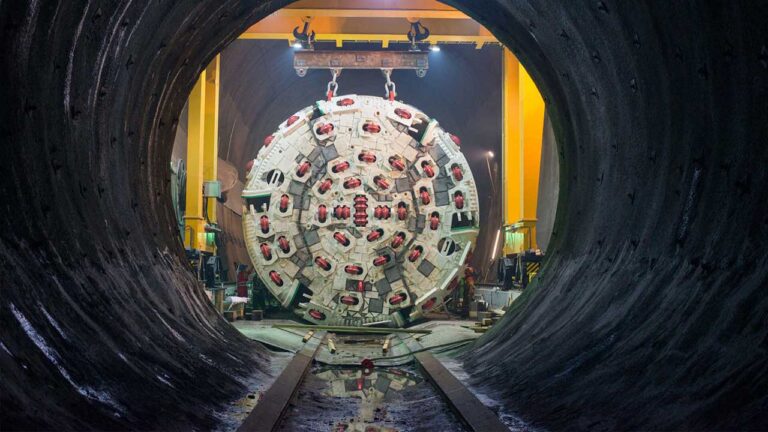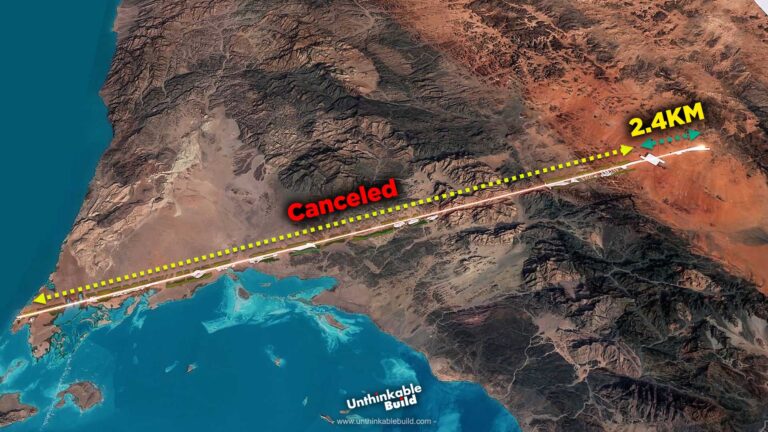Grand Paris Express: Europe’s Largest Metro Network
Paris, much like other global metropolises, faces escalating traffic woes. Congestion rates are soaring, increasing by 10% Annually, while the public transport network battles with the familiar challenges of overcrowding and deteriorating service quality.
The Paris Métro railway system, established in the Early 1900s, caters to nearly four million passengers daily but is now under immense strain. This historic network struggles to meet the needs of contemporary commuters, as its ageing infrastructure and facilities barely keep pace with the city’s burgeoning population. This situation raises a crucial question: Can the Paris Metro adapt to accommodate an ever-increasing number of riders?
Paris is a city of approximately 2 Million People which is compressed into a mere 105 Square Kilometers. It is a paradigm of urban compactness where one can easily travel over the area by bicycle or subway.
But Paris is also the heart of a greater area called the Paris region or Île-de-France, which is about 12,000 Square Kilometers in size and hosts an additional 10.2 Million People.
If anyone wants to commute from the greater Paris area to other parts of the region via public transport, they have to travel using a combination of bus and subway, and must pass through Central Paris, which makes the Paris region more heavily dependent on cars. The subway system is almost useless for at least 6 Million Residents because simply going from north to south or east to west takes too much time, as one must first head to the center of Paris to transfer to another train to reach their destination.
Also Read: Wasl Tower: World’s Tallest Ceramic Facades
In order to solve these transport problems, the authorities have started a billion-dollar mega project called the Grand Paris Express, one of Europe’s largest ongoing transport projects, which will double the length of the existing subway network. The Grand Paris Express will have a new 200 kilometers system that will add four lines and 68 brand-new stations to the network.
Seven years ago, the largest civil engineering project in Europe broke ground in France. Now, it is finally taking shape. Here’s what it will mean for the City of Light. Whether or not people realize it, the contours of greater Paris are being redrawn beneath their feet. In France, they’re calling it the “Construction Site Of The Century.” And that’s not a stretch. The Grand Paris Express is currently Europe’s largest transport infrastructure project and the fourth largest on the planet.
To spearhead the ambitious Grand Paris Express project, the Paris region authorities established a publicly owned agency known as the Societe du Grand Paris. This organization is tasked with the monumental responsibility of overseeing the development and construction of 200 kilometers of new tracks, forming four new fully automated subway lines: lines 15, 16, 17, and 18. The project also includes the extension of existing lines 11 and 14, the addition of 68 New Stations, and the construction of seven technical centers. A notable aspect of this development is that 90% of these lines are underground, reaching depths of over 52 Meters, while the remaining 10% are at ground level.
To manage this complex endeavor, the agency has segmented the work into various packages, assigning them to different companies. These companies are coordinating their efforts using Building Information Modeling (BIM) technology, a modern marvel in construction and design. Initially estimated at around 19 billion euros, the project’s cost has escalated due to budget overruns and additional enhancements, bringing the total expenditure to approximately €38 Billion as of 2023.
One of the most eagerly anticipated segments of this colossal network is the extension of line 14, set to open in time for the Paris Olympics in July 2024. This significant milestone not only marks a key phase in the project’s progress but also showcases the intricate and innovative nature of the Grand Paris Express, poised to redefine urban mobility in the Paris region.
Also Read: Most Expensive Buildings in Middle East
The Grand Paris Express project encompasses the extension of existing Line 14 and the construction of four new lines – 15, 16, 17, and 18 – of the Paris Metro. All stations will feature unique architectural designs focused on passenger comfort, integrated with the existing transport network, and will include retail shops and exclusive parking for pedestrians, bicycles, and cars.
Line 14 is being extended north to Saint-Denis Pleyel (operational by 2024) and south to Orly Airport, with significant station and infrastructure developments. Line 15, a 75km loop around Paris, will connect various metro lines through its east, west, and south sections, with completion expected by 2030 for the east and west, and by 2025 for the south section.
Line 16, a 46.67km line, will be operational from Saint-Denis Pleyel to Clichy-Montfermeil by 2026 and to Noisy-Champs by 2028. Line 17, spanning 26.5km, will serve 13 Municipalities and is expected to start service to Le Bourget Airport by the end of 2026, with further sections under development. Lastly, Line 18, a 35km line with underground and elevated tracks, is planned to be operational in phases by 2030, connecting Orly Airport to Versailles Chantiers.
Trains on the Grand Paris Express are set to operate at an average speed ranging from 55km/h to 65km/h, with a top speed of 110km/h. Designed with modern aesthetics, these trains will incorporate electric service braking and function as automated, driverless vehicles. They are engineered for lower energy consumption and equipped with efficient heating, cooling, and ventilation systems.
Additional features of these trains include LED lighting and under-seat lights, USB charging sockets, internet connectivity, and designated spaces for wheelchairs and strollers, alongside video surveillance for added security. Key areas within the train will be easily identifiable by unique color markings.
Regarding passenger capacity, the trains will accommodate varying numbers across different lines:
- 950 on Line 14,
- 1,000 on Line 15,
- 500 on Lines 16-17
- 350 on Line 18
Upon the completion of the Grand Paris Express network, the scope of the existing Paris Metro will not only double, but it will also forge a comprehensive public transit network connecting all administrative departments. This development is set to revolutionize travel for millions of residents by eliminating the necessity of traversing through the Paris City Center. The project promises to enhance mobility within the Paris region, offering expedited and comfortable access to city attractions and amenities, thereby fostering a happier, more socially cohesive community.
Another pivotal ambition of this initiative is to address the socioeconomic disparities between the poorer eastern and wealthier western parts of the city. By promoting public transport over car use, the Grand Paris Express also aims to significantly reduce CO2 Emissions, contributing to environmental sustainability.
The completion of the new Grand Paris Express network in time for the 2024 Olympic Games, largely set in and around Paris, remains a significant question for both Parisians and prospective visitors. Initially planned by former President Nicolas Sarkozy in 2009, well before Paris secured the Olympic bid, the project envisioned a full opening of line 14 and partial openings of lines 15, 16, 17, and 18, providing connectivity to both of Paris’s international airports.
However, the ambitious timeline has been hindered by various challenges, including construction site floods, delays in equipment delivery, and the global disruption caused by the Covid pandemic. Eight months before the Olympics, it’s expected that only the extension of line 14 to Orly Airport will be operational. The remaining lines are set to gradually commence service starting in late 2025, as per the official project website.
Despite these setbacks, France’s Transport Ministry remains optimistic. They emphasize that the new rail lines will increase network capacity by 15% in time for the Games, which are anticipated to draw millions of visitors to Paris, a city already famed as a summer tourist hotspot. This expansion is seen as crucial in managing the increased visitor flow and enhancing the overall experience of the Olympic Games in Paris.







